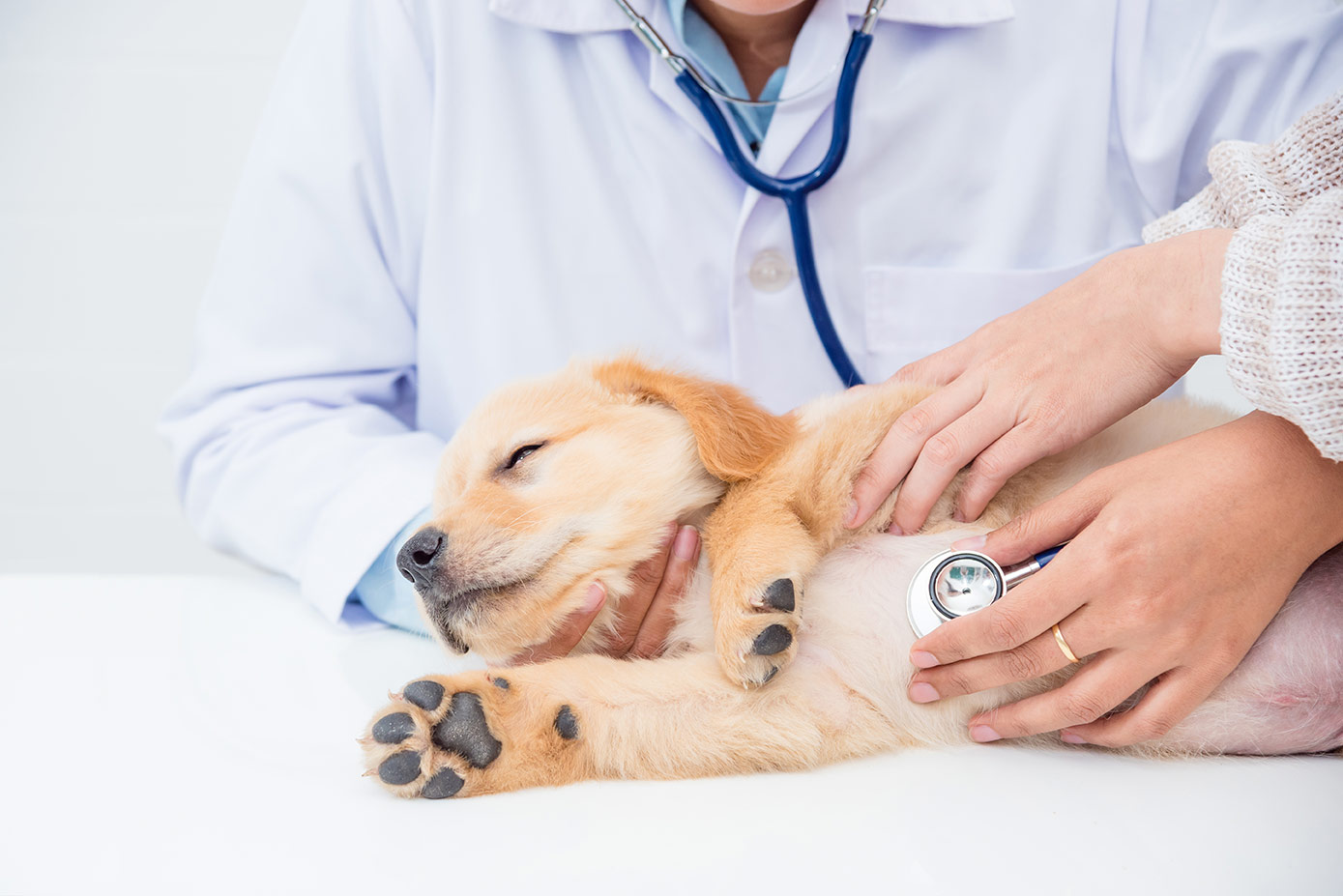Urgent Care

When your pet is in distress, it can be challenging to think clearly. Pet owners want the best for their pets, including seeking the treatment they need. Until recently, there weren’t many options for veterinary services, but Kiln Creek Animal Care is excited to offer up-and-coming urgent care for pets.
Thursday and Friday 5pm – 10pm and On every Saturday from 12pm – 6pm, we take care of any issues that fall between the typical veterinarian practice visit and an emergency.
Our urgent care team sees cats, dogs, and exotic pets! Please note, not all of our veterinarians see exotic pets. If your pet is a small mammal, reptile, or amphibian, please call prior to bringing them in. If Dr. Cutler is not available to see your exotic pet, we will refer you to another facility.
Give us a call at 757-886-1300 to schedule!
Urgent Care vs. Emergency Care

What Cases Will We See?
- Bite Wounds or Lacerations
- Ear Problem
- Eye Problem
- Vomiting or Diarrhea
- Limping
- Fleas or Worms
- Allergies or Skin problems
- Toxin ingestion
- Paw or Nail issue
- Collapse
- Lethargy
- Abscess
- Urinary Problems/ Accidents inside
- Coughing/Sneezing
- Anal gland issues (scooting, licking)
- Decreased Appetite
- Hives/swelling/reactions
- End of Life/ Euthanasia
- Bad Breath
- Fever
- Constipation
Emergency veterinary hospitals prioritize and treat patients based on their symptoms or condition severity. Any patient needing medical attention but not in a life-threatening situation may be asked to wait.
An urgent care situation involves issues that need medical attention but are not life-threatening. These patients might be uncomfortable, but they are stable and can be seen at regular appointments.
Doctors in emergency hospitals use the patient severity index to decipher your pet’s condition. This index includes the following levels:
- Level one: Resuscitation – the patient is seen before all others, exhibiting a severe physical trauma or cardiac arrest.
- Level two: Emergent – these traumas are not life-threatening but are time-sensitive, including a venomous snake bite and heat stroke.
- Level three: Urgent – these patients are seen after levels one and two are taken care of. Examples of urgent care include sudden illness, severe cuts, vomiting, trouble walking, allergic reactions or difficulty urinating.
- Level four: Non-urgent – minor cuts, prolonged low appetite, limping, fever, and mild injuries are non-urgent conditions can be treated after the first three levels.
- Level five: Stable – the patient is uncomfortable but stable, experiencing diarrhea, low appetite, ear infection, or skin irritation.
As a rule of thumb, pets in the first two levels should be taken to the emergency room. Levels three through five can receive veterinary urgent care services.
